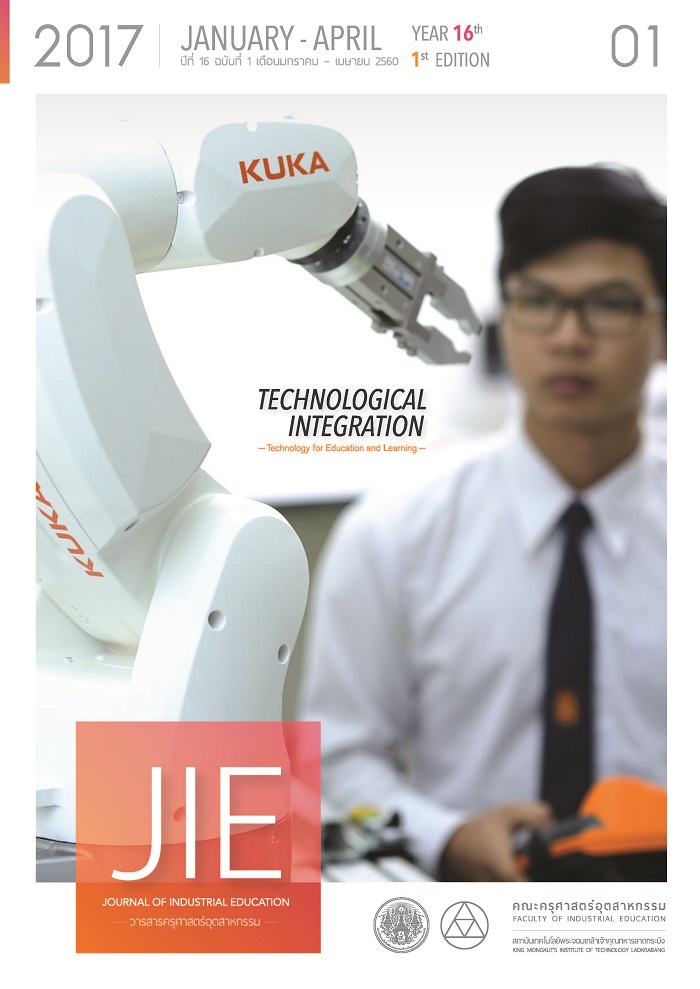A STUDY OF URBAN DESIGN IDENTITY WITH REVITALIZED IDLE INDUSTRIAL FACILITIES ZONE CASE STUDY: INCHEON ART PLATFORM IN INCHEON METROPOLITAN CITY, REPUBLIC OF KOREA
Keywords:
Urban Design, Revitalization, Industrial Facilities ZoneAbstract
Incheon is divided into 8 districts (named as ‘gu’ in Korean administration system) and 2 counties (named as ‘gun’). As an old downtown in Incheon, Jung-gu district introduced and adopted the first modern city plan in Korea’s history. Since its port opened in 1883, this area has been the center of trade and seaside tourism, and many public organizations including city hall and public prosecutor’s office had been gathered with in this district. However, this district had declined gradually since 1980s due to government policy changes and many public organizations’ moved to new downtown. Currently, in case of Incheon, urban revitalization has become one of the key factors in city development, Where emphasis on how important the urban revitalization in the city environment through a study of Incheon case as the focus of city rejuvenation.
The purpose of this research is to propose a competitive city development direction for activating the regional economy by comparative study, and analyzing urban cultural spaces of Art Platform in Incheon, Republic of Korea. Based on the theory of urban revitalization, this study is conducted by researching the development of historical industrial factors on the comparative cases as follows: The Yokohama Red Brick Warehouse, In Yokohama Japan; Guggenheim Museum of Bilbao, the Kingdom of Spain; Tate Modern Museum, London, the United Kingdom; The Meatpacking District, New York, the United States of America; and, 798 Art Zone, Beijing, the People's Republic of China. The researcher surveyed cultural heritage environment, geographical location and artificial factors of Incheon Metropolitan city, as well as an in-depth analysis regarding the historical significances, values of idle industrial facilities and the topic of why the local and social contexts have prompted the need for their preservation in Jung-gu district in Incheon. After the field survey of Incheon Art Platform, it was found that the following 5 factors were identified and emphasized: benefit comparison, space accessibility, planning situation, operating system, and development possibility.
The findings of this research could be defined as urban regeneration through the space renewal of idle industrial facilities zone that must be made by a creative vision in order to recover the random development and environmental destruction. Recently, the local government of the cities are seeking for ways to improve the quality of life with use of effective innovation. This research can provide viable alternatives that are not only harmonizing unique regional history with cultural characteristics, but also creating a more competitive regional environment model.
References
[2] Yu, S. H. 2013. A study on the space design value factors for urban vitalization. Master thesis, Graduate school of art and design, Kyonggi University.
[3] The Yokohama Red Brick Warehouse. [online]. Retrieved 15 October 2016 from https://www.yokohama-akarenga.jp
[4] Bilbao Guggenheim Museum. [online]. Retrieved on 15 October 2016 from https://www.guggenheim.org/bilbao
[5] Dashanzi Art District. [online]. Retrieved on 5 October 2016 from https://www.798art.org
[6] Meatpacking District. [online]. Retrieved on 15 October 2016 from https://www.meatpacking-district.com
[7] Tate modern Museum. [online]. Retrieved on 15 October 2016 from https://www.tate.org.uk/visit/tatemodern
[8] Incheon Metropolitan City. 2012. Incheon Metropolitan City Urban Basic Development Plan-Revised. Incheon Metropolitan City.
[9] Mun, K. S. 2012. A Study on the Sense of Place in Incheon Port’s Cultural District: A case of Incheon Art Platform. Master Thesis, Graduate School of Inha University, South Korea.
[10] Incheon Development Institute. 2010. Image of Incheon; A Metropole with Ever-changing and Ever-lasting Attraction. Incheon Metropolitan City.
[11] Phutkao, P., Sindhuphak A., &Louhapensang C. 2015. Publication media corporate identity design of an urban conservation network in Pomprabsattrupai–Pranakorn area. Journal of Industrial Education, 14(2), p. 349.
Downloads
Published
How to Cite
Issue
Section
License
"The opinions and contents including the words in papers are responsibility by the authors."
"ข้อคิดเห็น เนื้อหา รวมทั้งการใช้ภาษาในบทความถือเป็นความรับผิดชอบของผู้เขียน"



